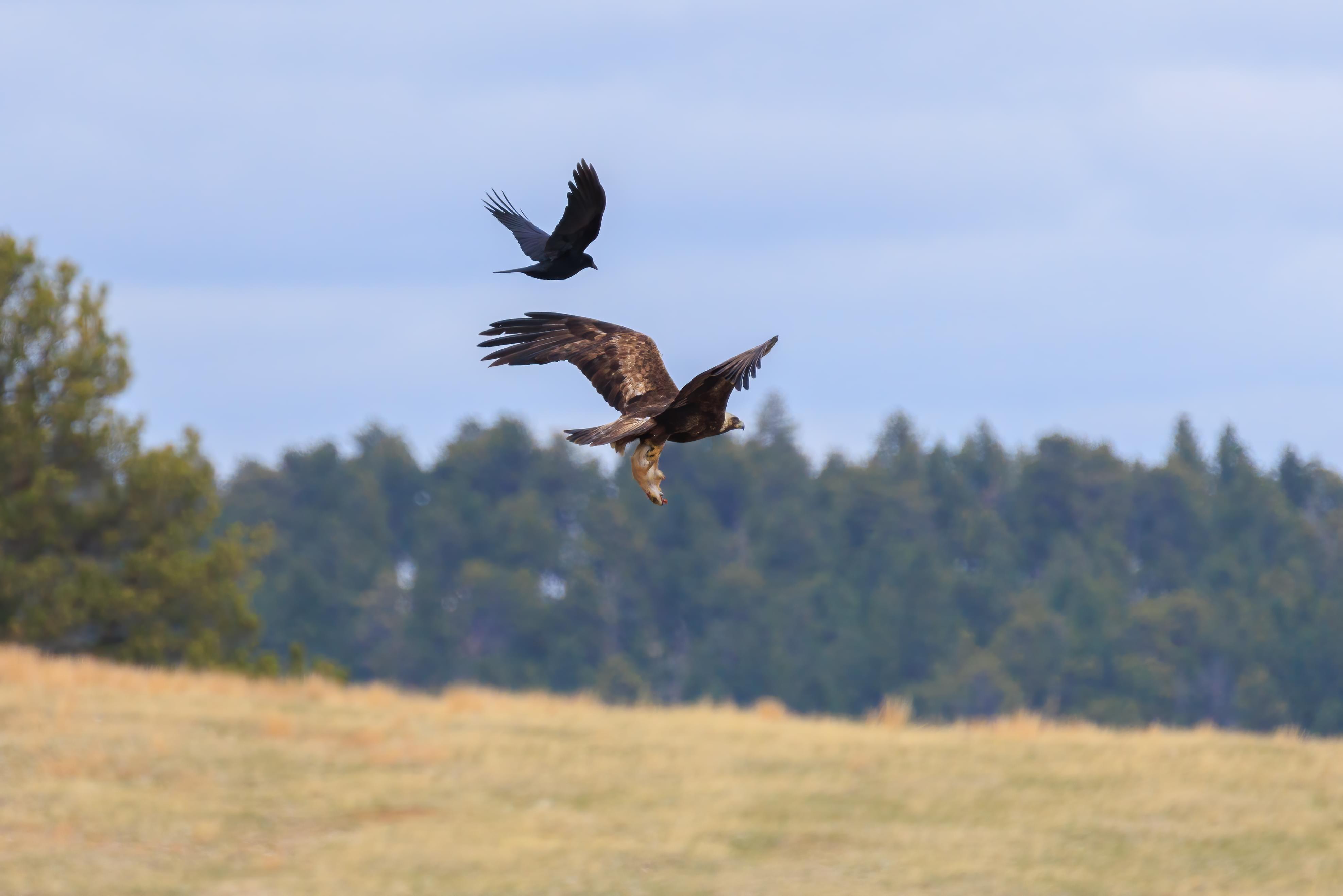We visited the Black Hills again today. Our first stop was Wind Cave National Park where we went on a cave tour. Afterwards, we visited The Mammoth Site to the south before returning north via Custer State Park. The highlight of the day though was seeing an eagle flying away with a prairie dog that it just caught!
Wind Cave National Park Cave Tour
This cave is known for the length of its passages and its complex structure as well as the presence of boxwork formations.













We went on the Garden of Eden Tour, a short one hour tour accessible by elevator. Unlike many other caves, Wind Cave does not have large stalagmites or stalactites. The presence of boxwork also differentiates this cave from other ones.
The Mammoth Site
The Mammoth Site is an active archeological site and museum that is focused upon an ancient sinkhole. The sinkhole was very deep with high slippery edges. Animals that fell in could not get out and drowned. Their remains were then preserved after sinking to the bottom and being covered by sediment.






















The site is still being actively excavated, though nothing was going on today. The preserved remains are not fossilized so they are extremely fragile and must be dug up with extreme care. When they do uncover something new, a decision is made whether to display it in place or remove it for research.


There are some animal skeletons on display in the museum. Many of the animals are bigger than modern-day equivalents. The largest animals that died here are the Colombian Mammoths, bigger than modern elephants and with significantly longer tusks. Woolly Mammoths are also present in the sinkhole.

Some of the tools use in excavation!

An example of the different sediment layers that have been uncovered, allowing scientists to determine the age of the bones that have been found.
Wind Cave National Park Animals
On our way back from the town of Hot Springs, we returned through Wind Cave National Park and stopped to watch some of the animals that live in the park.





We stopped at a turnout to take a look at a bison that was lying down on the ground. It looked dead but wasn’t! We were surprised to see a large bird fly off with a prairie dog! It was a Golden Eagle, our first ever sighting of the species! We watched as the eagle flew away with its catch. A much smaller bird, an American Crow, was harassing the eagle as it flew away. This is common behavior when some smaller species encounter a much larger bird. The eagle didn’t care at all about the crow as it flew away.


Prairie dogs stay near their burrows so they can quickly escape from danger. Typically, while some are busy eating grass, others are standing guard and looking for danger. When danger is detected, they call out so all the other prairie dogs know.


Wind Cave is home to a few hundred bison. While some were eating, others were resting. We saw two Black-Billed Magpies fly onto one that that was resting! They like to eat the ticks on large animals like bison.
Custer State Park
We drove up from Wind Cave National Park into the adjacent Custer State Park. Once inside, we took one of the unpaved roads to reach the wildlife loop to exit the park at its eastern edge.




We saw a group of pronghorn shortly after entering the park. It was a male with a group of females.

There are prairie dog towns in Custer State Park. This one was roughly in the middle of the park next to an unpaved road.


Like yesterday, we saw many bison calves. This one looked sleepy!

Many of them were resting on the ground.

We think this one was just born!





We also saw many adult bison.

At the northeastern end of the wildlife loop, we saw quite a few birds on the fences. Including this American Robin.



We saw a few Mountain Bluebirds as well, both males and females.


